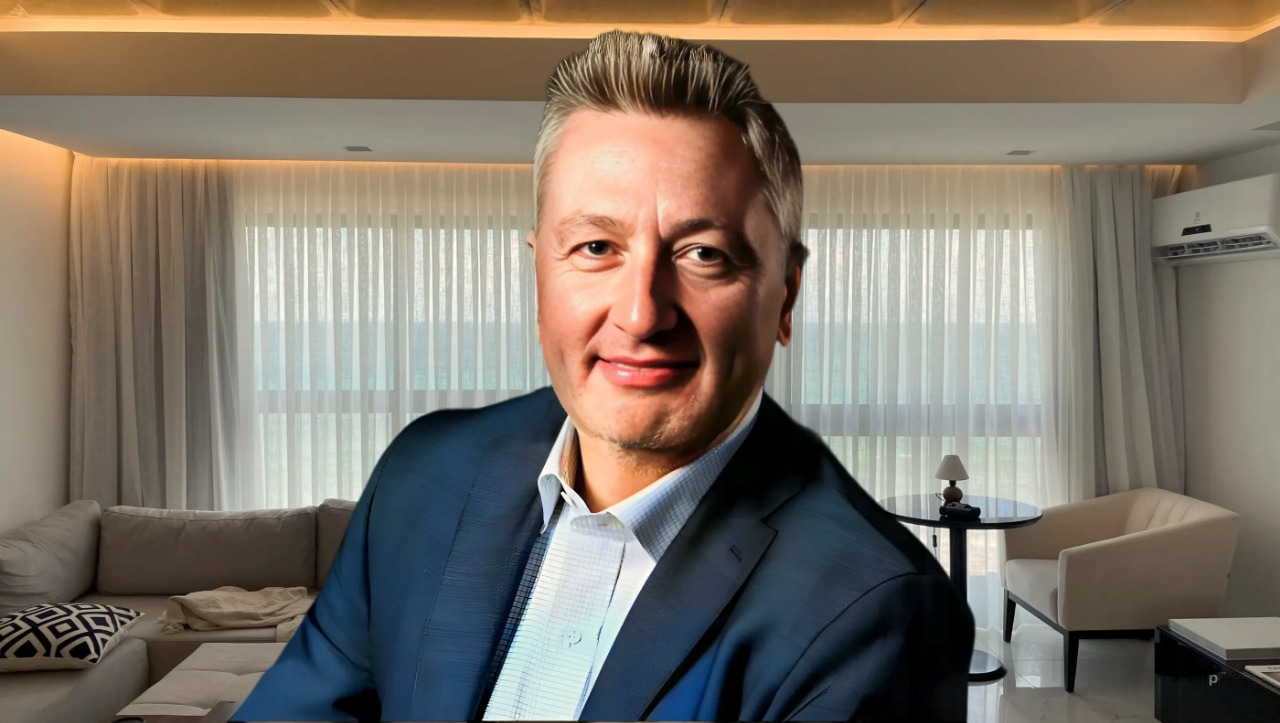
Active ETFs are redefining asset management by combining the benefits of ETFs with a more dynamic investment approach. However, the diversity of strategies available requires investors to refine their selection criteria in order to fully capitalize on these innovative tools.
Transparency, Flexibility, and Low Cost
The trend has accelerated over the past two years, but Europe still lags far behind the levels seen in the United States. Across the Atlantic, these instruments captured 30% of all ETF flows last year. The U.S. market has historically led the ETF space, aided by a favorable tax framework and the conversion of many traditional mutual funds into active ETFs. While these mechanisms don’t apply in Europe, active ETFs still offer significant advantages—starting with their low cost. This reputation stems from passive investing, but investors are now demanding similar cost-efficiency in active approaches.
As a result, the average management fees in the European active ETF space have steadily declined over the past decade, now falling below 30 basis points (0.30%) per year.
“This is very positive for investors because our research shows a strong link between current fees and future performance,” notes Mara Dobrescu.
Active ETFs also offer great transparency, with daily portfolio disclosures allowing investors to see the manager’s bets to outperform a benchmark index. Finally, being traded on stock exchanges, they are highly flexible and accessible. However, they face challenges related to capacity and liquidity. Since inflows can’t be capped, active ETFs are less suitable for niche strategies such as small caps or certain segments of the high-yield market.
The Quest for Controlled Alpha
For investors, many questions remain about how to select these instruments and how to integrate them into portfolios.
“We emphasize the importance of due diligence for ETFs, whether active or passive,” says Sophie Bigeard, multi-asset head at Quaero Capital and president of the French Fund Selectors’ Society. “It’s crucial to know what you’re buying when investing in an ETF—whether it’s about liquidity, bid/ask spreads, jurisdiction, or the listing venue.”
The main difficulty in selecting active ETFs is the wide variety of products available, ranging from tilted index management to fundamental active strategies. Currently, the market is mostly composed of the former. These can be used in a portfolio as a form of beta exposure, but with a more controlled alpha objective compared to traditional actively managed funds. That is the core challenge for these products.
Selection criteria are therefore quite similar to those used for actively managed funds.
“It involves validating a portfolio construction, allocation, and arbitrage process,” adds Sophie Bigeard. “On top of that, we pay particular attention to liquidity considerations.”
Research at the Core
For an active asset manager like Fidelity, the ETF approach involves offering differentiated solutions. Fidelity Investments has been in the U.S. ETF market since 2003, and Fidelity International has been active in Europe since 2017, now managing $9 billion across about 20 products.
The first step was launching a range of optimized index ETFs, passively managed but based on proprietary indices developed by their U.S.-based research teams. In 2020, aiming for continuous innovation, they introduced a second range of active ETFs incorporating systematic active management.
“With these two ranges, we aim to leverage our strengths and active DNA, which is why research is at the heart of constructing all these ETFs. They also incorporate sustainability considerations,” says Roxane Philibert, ETF product specialist at Fidelity International.
The first approach (optimized index) includes two series: Quality Value Equity and Quality Income Equity.
“Smart beta isn’t new in the market, but thanks to our quantitative teams at Fidelity Investments, we provide more refined and sophisticated solutions,” says Roxane Philibert. The focus is on quality, whereas value and income factors can naturally degrade portfolio quality.
Another differentiating factor is Fidelity’s factor expertise.
“We have no less than 90 proprietary factor indices built with our own definitions,” she adds. This allows for a more nuanced factor approach. For instance, in the value factor, traditional metrics (like price-to-earnings or price-to-book) are adjusted to include intangible elements such as R&D expenditures.
Moreover, portfolios are constructed to maintain a core allocation, thus limiting sector or geographic skews that certain factors might cause.
Top Ratings in the Portfolio
The second approach (active ETFs) aims to generate alpha while maximizing the ESG profile of the portfolio and minimizing risk. These three objectives are central to product design across both equities and fixed income.
The equity range (Equity Research Enhanced), consisting of six regional building blocks for global allocation, represents $3.7 billion. It is driven by research from over 130 analysts worldwide. Through systematic management, these ETFs maximize exposure to highly rated companies while maintaining an ex-ante tracking error below 2%.
The investment universe is first screened for ESG and liquidity criteria. Then companies are assessed based on analyst ratings, data freshness, trend, and analyst conviction—both financial and non-financial.
“All these signals allow us to build an ‘alpha score’ with a numerical value,” explains Roxane Philibert. “The optimization process then seeks to maximize exposure to this score while minimizing risk relative to the benchmark.”
To achieve this, several constraints are applied: over- or underweighting cannot exceed 1% per stock and 2% per sector or country, ensuring the portfolio remains aligned with the benchmark.
The objectives are similar on the fixed income side, which now totals nearly $3 billion. This range is AMF Category 1 and SFDR 9, allowing investors to integrate ESG criteria in a controlled way. These ETFs use stratified sampling, a method traditionally used in ETFs to reduce the number of holdings.
“With this approach, we aim to generate alpha by selecting the best issuers and bonds,” says Roxane Philibert.

